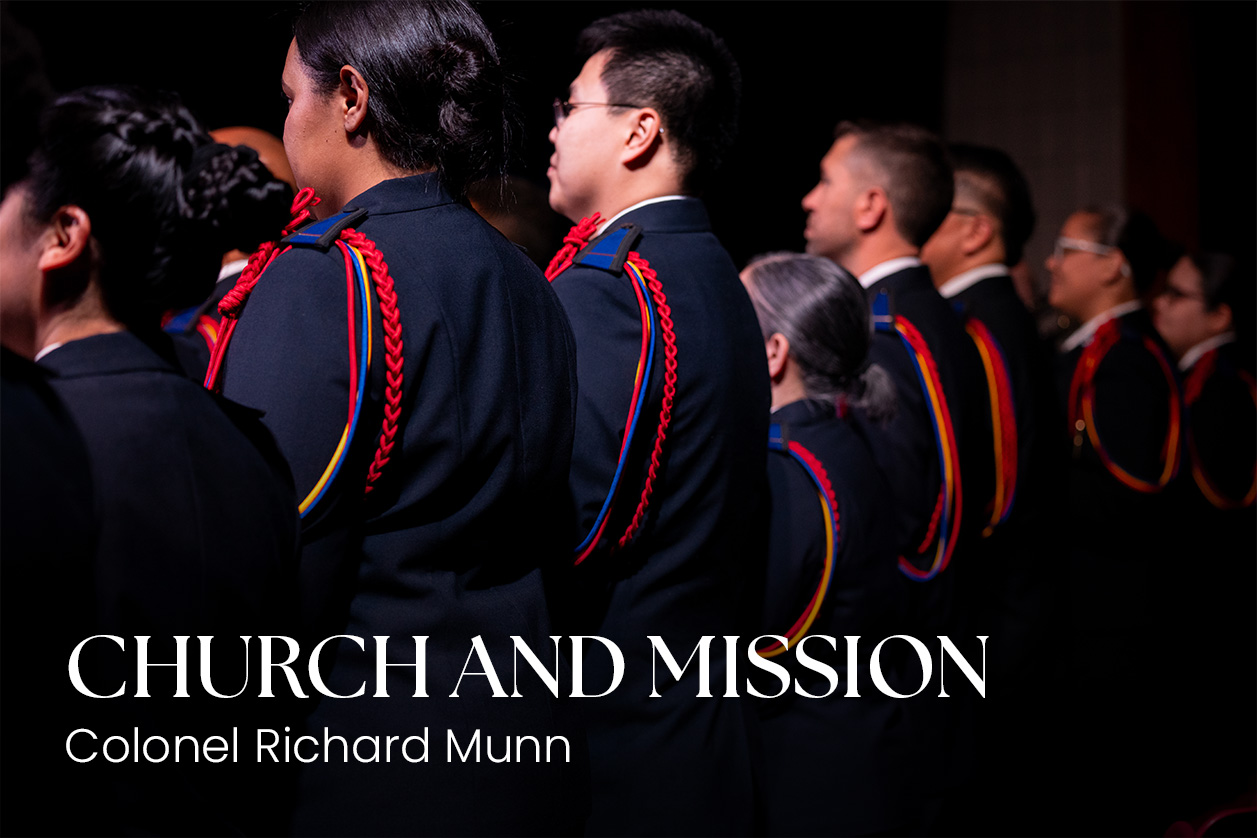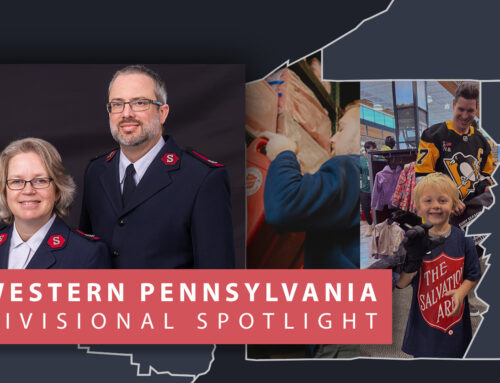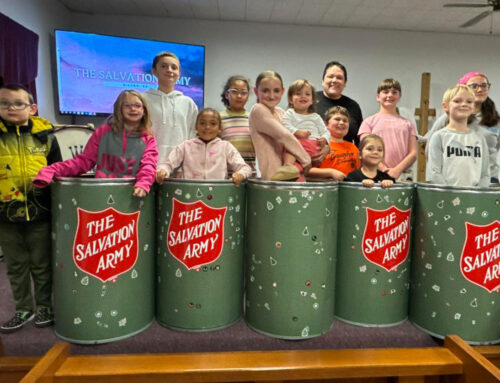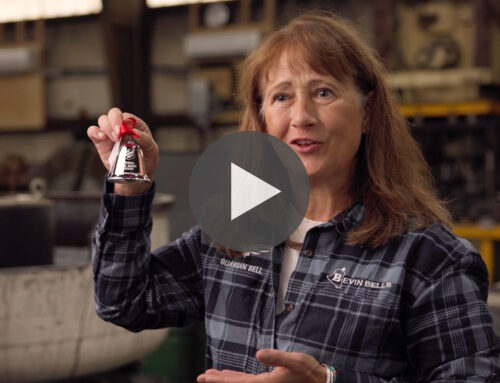
Salvationist Dynamics: Part 9
by Colonel Richard Munn
This 10-part series explores tried and trusted "pleasant tensions" matched together in The Salvation Army. Far from being feared or avoided, they give us dynamism: Salvationist dynamics.
Part 9: Church and Mission
The Christian Mission operated in London, England, for over 13 years, reaching 30 stations and 36 evangelists before it famously changed its name to The Salvation Army and began a season of explosive international growth.
It is the stuff of legend.
Included in that change of name was the significant movement from singular evangelistic mission to broader outreach and denominational self-identity, one with the necessary communities of faith. Bramwell Booth understood this well, evocatively writing in 1903, "Our people will not grow old in holiness unless they are watched over and taught and led." Very pastoral.
And yet, mission DNA remains indelibly imprinted, stoking our consciousness as a genuine Salvationist dynamic today. We can still chafe at being regarded as a church. None other than General John Larsson said that he felt a "cold shudder" when first reading the official announcement that henceforth cadets would be "ordained."
Today strong and effective expressions of Salvationism could probably stand alone as esteemed parachurch ministries, nonprofit agencies, or nongovernmental organizations. Our youth work, summer camps, creative arts and music, publications, Kroc Centers, emergency disaster services, social services, and drug and alcohol rehabilitation all come to mind. They are superbly effective.
Standing alone, however, would surely sap the vitality and vigor of these endeavors. For all its modesty, the heart of our movement is the corps community of faith with its people, worship, prayers, scripture readings, ceremonies, and preaching.
"I always thank my God for you" and "I thank my God every time I remember you" writes Paul to fledgling congregations in both Corinth and Philippi.
We might pray the same for our 14,893 corps around the world.




